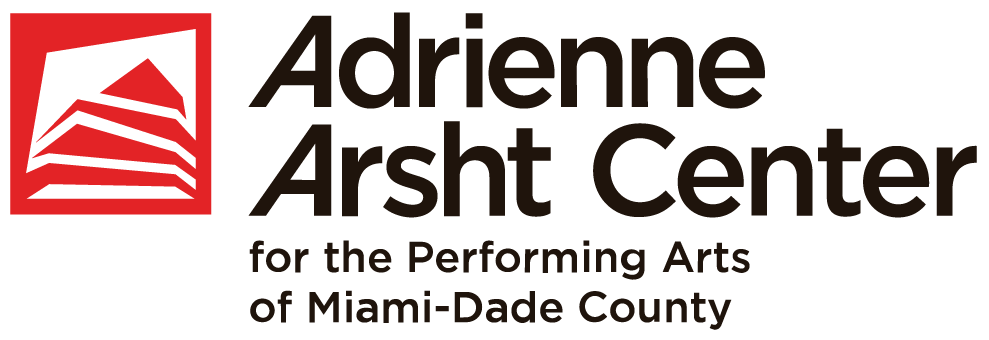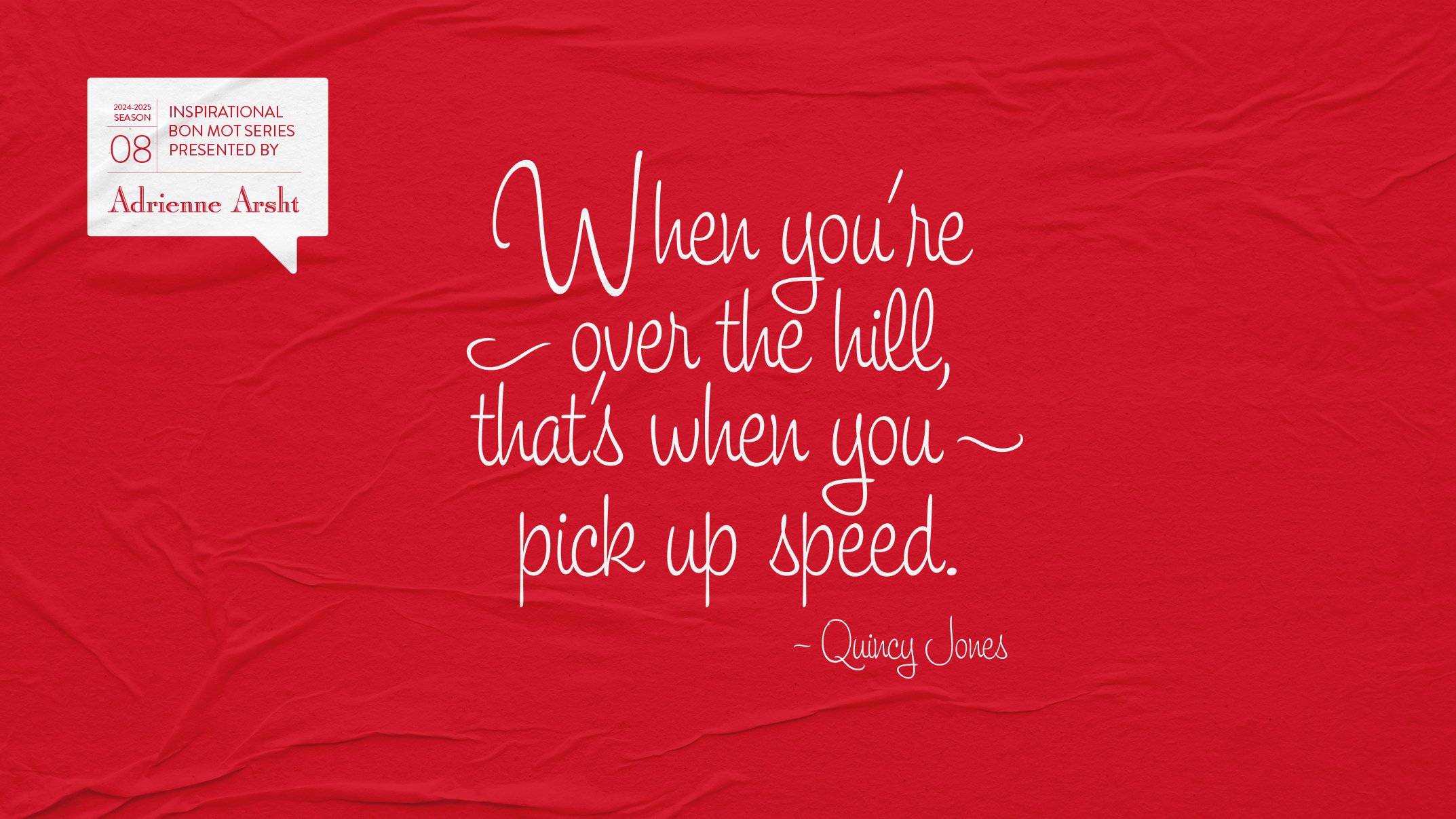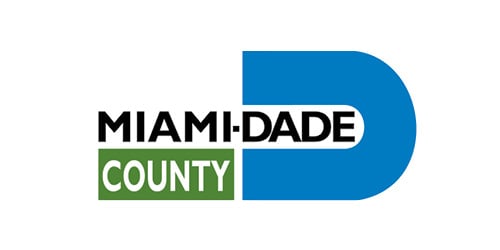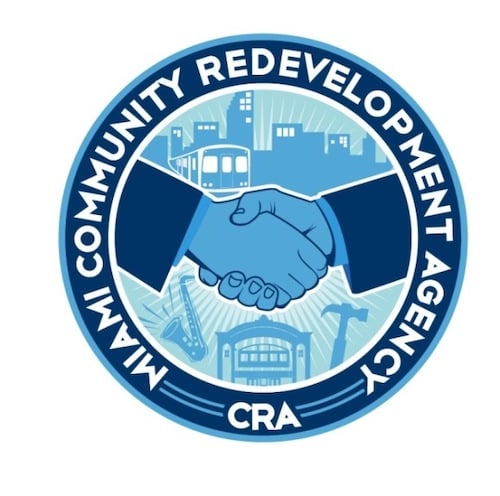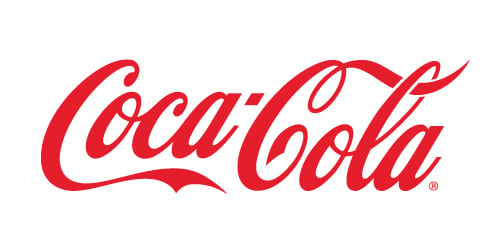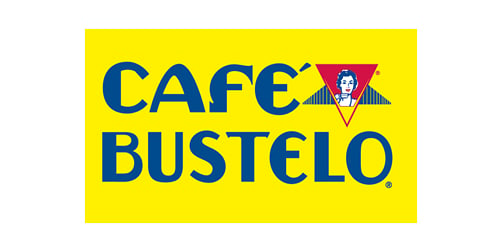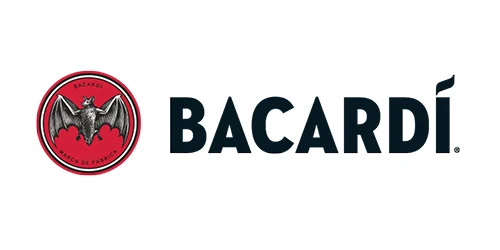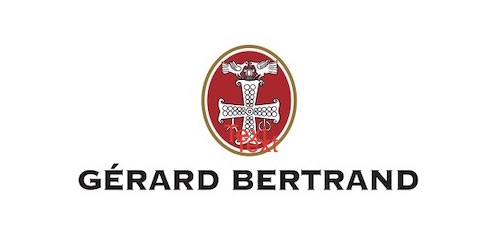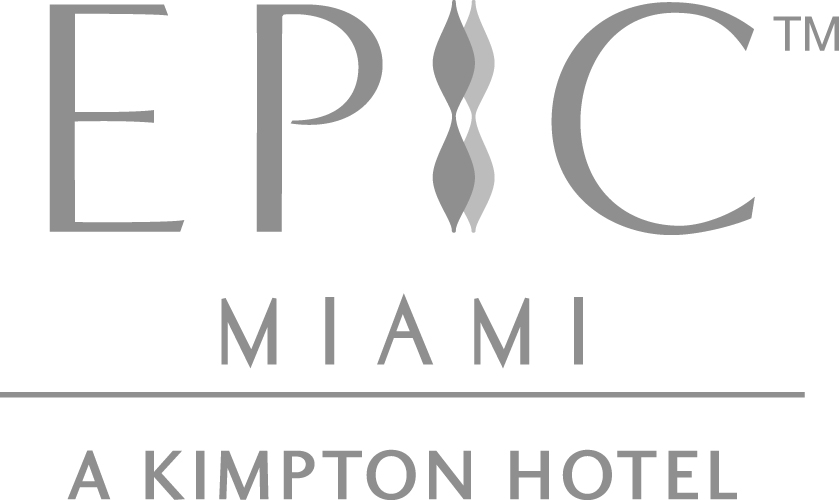
William Kentridge
The Great Yes, The Great No
Creative Team
Concept | Director William Kentridge
Associate Directors Nhlanhla Mahlangu | Phala O. Phala
Choral Composer Nhlanhla Mahlangu
Music Director Tlale Makhene
Dramaturg Mwenya Kabwe
Costume Design Greta Goiris
Set Design Sabine Theunissen
Lighting Design Urs Schönebaum | Elena Gui
Projection Editing | Compositing Žana Marović, Janus Fouché, Joshua Trappler
Cinematography Duško Marović
Sound Design Gavan Eckhart
Performers
Xolisile Bongwana, Hamilton Dhlamini, William Harding, Tony Miyambo, Nancy Nkusi, Luc de Wit
Chorus
Anathi Conjwa, Asanda Hanabe, Zandile Hlatshwayo, Khokho Madlala, Nokuthula Magubane, Mapule Moloi, Nomathamsanqa Ngoma
Dancers
Thulani Chauke, Teresa Phuti Mojela
Musicians
Marika Hughes (cello), Nathan Koci (accordion | banjo), Tlale Makhene (percussion), Thandi Ntuli (piano)
Choral music was co-composed by Anathi Conjwa, Asanda Hanabe, Zandile Hlatshwayo, Khokho Madlala, Nokuthula Magubane, Mapule Moloi and Nomathamsanqa Ngoma.
Instrumental music for The Great Yes, The Great No was arranged by Nathan Koci, Tiale Makhene, Thandi Ntuli and Marika Hughes.
The libretto of The Great Yes, The Great No includes short excerpts from the writings of Bertolt Brecht, André Breton, Aimé Césaire, Suzanne Césaire, Léon-Gontran Damas, Frantz Fanon and others.
Produced by THE OFFICE performing arts + film.
A project of The Centre for the Less Good Idea.
Lead Commissioner
LUMA Foundation, Arles, France
Co-Commissioners
Adrienne Arsht Center for the Performing Arts of Miami-Dade County with lead sponsor support from Adrienne Arsht.
CAL Performances, Berkeley, California
Centre D’art Battat, Montreal, Canada
The Wallis Center for the Performing Arts, Beverly Hills, California
Foundational commissioning support for the development and creation of The Great Yes, The Great No is provided by Brown Arts Institute at Brown University.
The Great Yes, The Great No acknowledges the kind assistance of Goodman Gallery, Lia Rumma Gallery and Hauser & Wirth in this project and generous support from The Roy Cockrum Foundation.
Co-Producers
Les Théâtres de la Ville de Luxembourg
Ruhrfestspiele Recklinghausen
Additional Production Credits
Technical Direction Boyd Design
Production Manager Brendon Boyd
Technical Director Mike Edelman
Stage Manager Meghan Williams
Libretto Composition Jessica Jones
Choreography Thulani Chauke | Teresa Phuti Mojela
Ukulele Compositions Hamilton Dhlamini
Wardrobe Supervisor Mathilde Baillarger
Props Master Lissy Barnes-Flint
Still Photography Stella Olivier Studio
Prop Fabrication Chris Waldo de Wet | Jacques van Staden
Costume Fabricators Emmanuelle Erhart | David Engler
Costume Fabrication Supervisor Lasha Lashvili
Video Control Matthew Deinhart
Studio Assistant Jessica Jones | Carla Walsh
Languages: English, French, siSwati, isiZulu, isiXhosa, Setswana, Xitsonga, Sepedi
The libretto of The Great Yes, The Great No includes short excerpts and adaptations from the writings of Bertolt Brecht, André Breton, Aimé Césaire, Suzanne Césaire, Léon-Gontran Damas, Frantz Fanon and others.
The Great Yes, The Great No was developed in residence at The Centre for the Less Good Idea and the LUMA Foundation Arles. It premiered in partnership with the Aix-en-Provence festival at LUMA Arles in July 2024.
Special thanks to publishers: Gwenaëlle Aupetit (Editions La Découverte), Mireille Fanon Mendès-France, Gloria Castillo (Texas Press), Myrna Rochester, Suzanna Tamminen (Wesleyan University), Alexandra Jeann Lillehei, Constance Krebs (Association Atelier André Breton), and Aube Elléouët, Présence Africaine, Editions du Seuil.
The Centre for the Less Good Idea
An interdisciplinary incubator space for the arts based in Maboneng, Johannesburg.
Bronwyn Lace, Neo Muyanga, Dimakatso Motholo, Athena Mazarakis, Noah Cohen, Zain Vally, David Mann, Nthabiseng Malaka, Gracious Dube, Bukhosibakhe Kelvin Khoza, Zivanai Matangi, Matthews Phala, Wesley France.
THE OFFICE performing arts + film
Creative Producers
Rachel Chanoff, Laurie Cearley, Lynn Koek, Catherine DeGennaro, Elly Obeney, Carol Blanco, Indigo Sparks, Soleil George, Zion Jackson, Noah Bashevkin, Erica Zielinski, Olli Chanoff, Nadine Goellner, Chloe Golding, Kyla Gardner, Bruna D’Avila, Scout Eisenberg, Jose Alvarado, Mego Williams, Barbara Sartore, Sarah Suzuki.
Kentridge Studios
Anne McIlleron, Linda Leibowitz, Chris Waldo de Wet, Jacques van Staden, Damon Garstang, Taryn Buccellato, Natalie Dembo, Claire Zinn, Joey Netshiombo, Thandi Mzizi, Anne Blom, Nomonde Qhina, Diego Sillands.
Works Included
• André Breton Prolégomènes à un troisième manifeste du surréalisme ou non: © Association Atelier André Breton
• Aimé Césaire Cahier d'un Retour au Pays Natal: © Présence Africaine – English version Return to My Native Land translated by J. Berger and A. Bostock: © Présence Africaine
• Leon-Gontran Damas Pigments: © Presence Africaine — English translation by Alexandra Jeann Lillehei
• Suzanne Césaire “Le grand camouflage” and “1943 : le surréalisme et nous” in D. Maximin (ed.) Le grand camouflage: Écrits de dissidence (1941-1945): © Editions du Seuil — English version “1943: Surrealism and Us” and “The Great Camouflage” in D. Maximin (ed.) The Great Camouflage: Writings of Dissent (1941-1945) translated by K.L. Walker: © Wesleyan University Press
• Aimé Césaire and Suzanne Césaire “Voice of the Oracle: Surrealist Game, April 1942” in F. Rosemont and K.R.D. G. (eds) Black, Brown, & Beige: Surrealist Writings From Africa and the Diaspora: © University of Texas Press — English translation by Myrna Rochester
• Frantz Fanon Les Damnés de la terre: © Editions de la Découverte — English version The Wretched of the Earth translated by Constance Farrington: © Présence Africaine
Program Note
In March 1941, when the cargo ship Capitaine Paul Lemerle sailed from Marseille to Martinique, its passengers, escaping Vichy France, included surrealist André Breton, anthropologist Claude Lévi-Strauss, Cuban artist Wifredo Lam, communist novelist Victor Serge and author Anna Seghers.
This boat and its journey are the starting point for The Great Yes, The Great No. The captain on the boat is, of course, Charon, the ferryman of the dead, crossing the water. Charon calls other characters up onto the boat. From Martinique, there are Aimé Césaire, who made the journey from Marseille to Martinique two years earlier with his wife, Suzanne; and Jane and Paulette Nardal, who together with the Césaires and Léopold Sédar Senghor had founded the anticolonialist Négritude movement in Paris in the 1920s and 1930s. Frantz Fanon, also from Martinique, jumps back in time and appears on the boat, too. The other Martinican on board is Joséphine Bonaparte, twinned with another famous Parisian Josephine, Josephine Baker. Trotsky, killed in Mexico six months before the sailing of the boat, is also there. Even Stalin makes a brief appearance.
The journey is the 1941 crossing of the Atlantic, but earlier crossings from Africa to the Caribbean are also there, as well as contemporary forced sea crossings. The fertile grounds of Paris and Martinique, surrealism and Négritude, are the background to the libretto. Aimé Césaire’s seminal 1939 poem "Cahier d’un retour au pays natal" ("Notebook of a Return to the Native Land") is its bedrock. New anti-rational ways of approaching language and image are in play. Charon’s dyspeptic thoughts come from many sources, from Breton’s surrealism, the Afro-Cubism of Wifredo Lam and the poetry of Léon-Gontran Damas, to writings from Senghor, Suzanne Césaire and Paulette Nardal, and the 1930s poems of Bertolt Brecht.
William Kentridge
Artist, Director of The Great Yes, The Great No
A Chorus of Seven Women
"The world is leaking. The dead report for duty. The women are picking up the pieces."
This poetic phrase by William Kentridge inspired the thinking behind the Chorus of Seven Women that is at the heart of The Great Yes, The Great No. Among a cast of historical figures who are called up from the dead, the Chorus represent the migrants who survive sea crossings and insist that we remember those who do not. Their seven voices allow for a balancing of harmonies in the choral composition, but also stand as a symbol of cyclical completion and connect us to myth and legend. It is a Chorus of Seven Women that comes after the journey, after the war, after the storm, after the party, after the decay, to pick up the pieces and to rebuild. An offering of possibility after the wreckage.
The role of the choral composer is to facilitate finding a kind of depth and honesty of sound that human voices are capable of. In the case of The Great Yes, The Great No, the choral composition, led by Nhlanhla Mahlangu, is enabled through the elements of dance, movement and somatic memory to discover sound in a way that allows the chorus to work with physicality and cultural and historical depth. The libretto is made up of extracts of texts from a wide range of sources, which are then translated into the multiple languages spoken by the singers: isiZulu, isiXhosa, Setswana, SiSwati and Xitsonga. During workshops, discussions among the chorus members about meanings are followed by locating a personal context from which to understand what is being communicated across time and geography, and from there, from a place that is felt in the body. This leads to a search for musical coherence in the form of melody, rhythm, song and chant. The work of the Chorus is specifically located, yet creates a deeply felt sense that translates across distance.
Translation is a central feature of the work of the Chorus, as they work with and through the original languages that compose the libretto, including French, English and Creole. The texts serve as gifts, prompts and provocations for the work of translating, for carrying over experiences, ideas, understandings. This invokes the travel from one place to another, the journey by boat from Marseille to Martinique on which the Chorus of Seven Women is moved and inspired towards sonic (mis)translation. The Chorus captures the great asymmetries of the world and the marvelous potential of new understandings, and in this way, it completes the strange, magical and unexpected surrealist experience of The Great Yes, The Great No, asserting the power of the unconscious, of chance and of dreams.
Nhlanhla Mahlangu
Associate Director, Choral Composer for The Great Yes, The Great No
Mwenya Kabwe
Dramaturg for The Great Yes, The Great No
Artists
-

William Kentridge
Concept and director
-

Nhlanhla Mahlangu
Associate director | Choral composer
-

Phala Ookeditse Phala
Associate director
-

Tlale Makhene
Music director | Percussion
-

Mwenya B. Kabwe
Dramaturg
-

Greta Goiris
Costume designer
-

Sabine Theunissen
Set designer
-

Urs Schönebaum
Lighting designer
-

Elena Gui
Lighting designer
-

Žana Marović
Video editor and compositor
-

Janus Fouché
Video editor and compositor
-

Joshua Trappler
Video editor and compositor
-

Duško Marović
Cinematographer
-

Tony Miyambo
Actor
-

Hamilton Dhlamini
Actor
-

Luc De Wit
Actor
-

William Harding
Actor
-

Nancy Nkusi
Actor
-

Xolisile Bongwana
Vocalist / performer
-

Thulani Chauke
Dancer
-

Teresa Phuti Mojela
Dancer
-

Thandi Ntuli
Pianist
-

Marika Hughes
Marika Hughes
-

Nathan Koci
Banjo / accordion / additional arranging and orchestration
-

Asanda Hanabe
Alto
-

Nokuthula Magubane
Soprano
-

Khokho Madlala
Soprano, alto and tenor
-

Nomathamsanqa Ngoma
Alto and tenor
-

Mapule Moloi
Alto and tenor
-

Zandile Hlatshwayo
Alto and soprano
-

Anathi Conjwa
Soprano
-

Gavan Eckhart
Sound design
